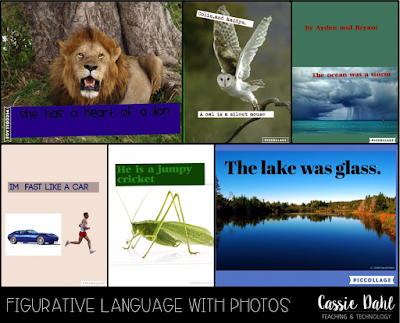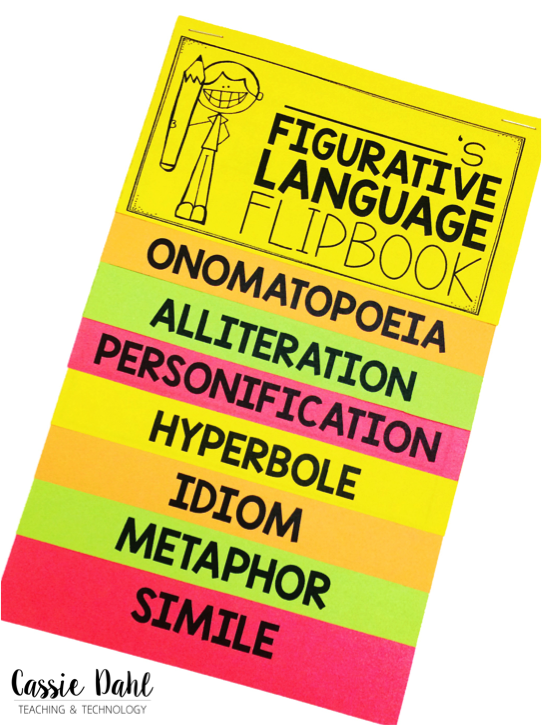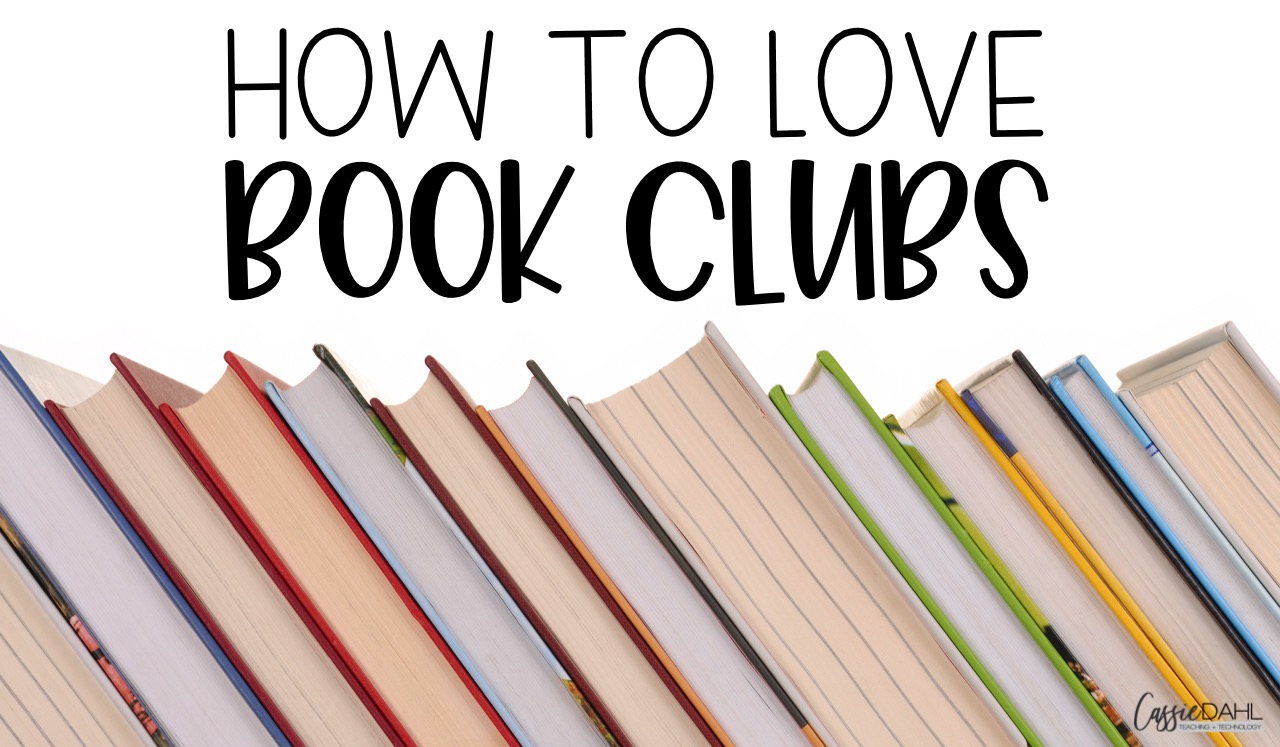
Teaching about figurative language can be difficult and boring! Teachers… it doesn’t have to be this way! In the past few years I have grown to love teaching about figurative language and poetry. Now I find that my students LOVE learning about all of it too! Keep on reading to see how I make figurative language engaging, hands on and FUN!
This post contains affiliate links to make your life easier! Any purchases made through one of the links earns us a small commission, at no extra cost to you. This commission helps to support the blog so I can continue to share content and freebies with you. All views and opinions are purely my own.
Picture Books:
Using picture books are a great way to introduce various types of figurative language to your students. Here are some of the picture books that I absolutely love for this unit! All of the titles/authors are listed below with links to the books on Amazon for easy shopping!
Mud- Mary Lyn Ray (focus: onomatopeia, simile, personification)
My Dog is as Smelly as Dirty Socks- Hanoch Piven (focus: simile)
My Best Friend is as Sharp as a Pencil- Hanoch Piven (focus: simile)
Under the Quilt of Night- Deborah Hopkinson (focus: metaphor)
Love That Dog- Sharon Creech (focus: all)
More Parts- Tedd Arnold (focus: idiom)
Four Famished Foxes and Fosdyke- Pamela Duncan Edwards (focus: alliteration)
Some Smug Slug- Pamela Duncan Edwards (focus: alliteration)
Swamp Angel- Anne Isaacs (focus: hyperbole)
Simile Face-off:
This is a fun activity that definitely requires a few rules before you can have fun! The idea is that you will create two circles (an inner and an outer circle). To do this, split your class in half. Have one group circle up facing out. The other group circles up around them facing the inner circle. Students should be partnered up (one inner- one outer).
Time to explain the rules! The goal is for students to say similes about their partner until you say time is up! Then their partner has to similes about their partner until you say time is up. The face-off part is that if a student cannot think of a simile for the other person OR they repeat one that their partner said… they are out. Remind your students that the similes should be KIND. This is supposed to be a fun activity, not one that brings students down… but rather builds them up.
If a student gets out- they remove themselves from their circle and upon the next rotation, you will have to adjust the circles to make them even again. Partners rotate and you start over again with the timer. I find that 30-45 seconds works best for each round. If both partners are able to say similes for the set amount of time, they both remain in the face-off. After about 10-15 rounds, announce that the remaining students are the “winners”!
Photo Figurative Language:
If you have access to any technology, try to incorporate some photos into your study of figurative language. We used the free app PicCollage to add text to the photos to show an example of figurative language. Here are a few examples that my students came up with.

If you don’t have access to technology, you can easily modify this project. Simply give your students random photographs and have them write a few examples of figurative language to match their photo. Then have them put it altogether on a piece of construction paper. You could also just show one photo and have your entire class writing figurative language based on that one image.
Videos:
I absolutely love to show videos to my students! Here are a few of our favorites that cover figurative language.
Flipbook:
As you work through your study of figurative language, it is important for students to have a place to record all the definitions of each type and examples of each. My students love using this flip book. It is only a half-page size, so it fits perfectly in their notebooks. I find that my students reference it all the time because it is right there at their fingertips.

You can grab this flipbook in my TpT store. It is super easy to put together and each page already has the definition and one example. There is room for students to record more examples as you study figurative language. Check it out HERE.
There you have it, some ideas to help you make figurative language just a little bit more fun for students! If you want to save this post for later, simply pin the image below!

SaveSave




